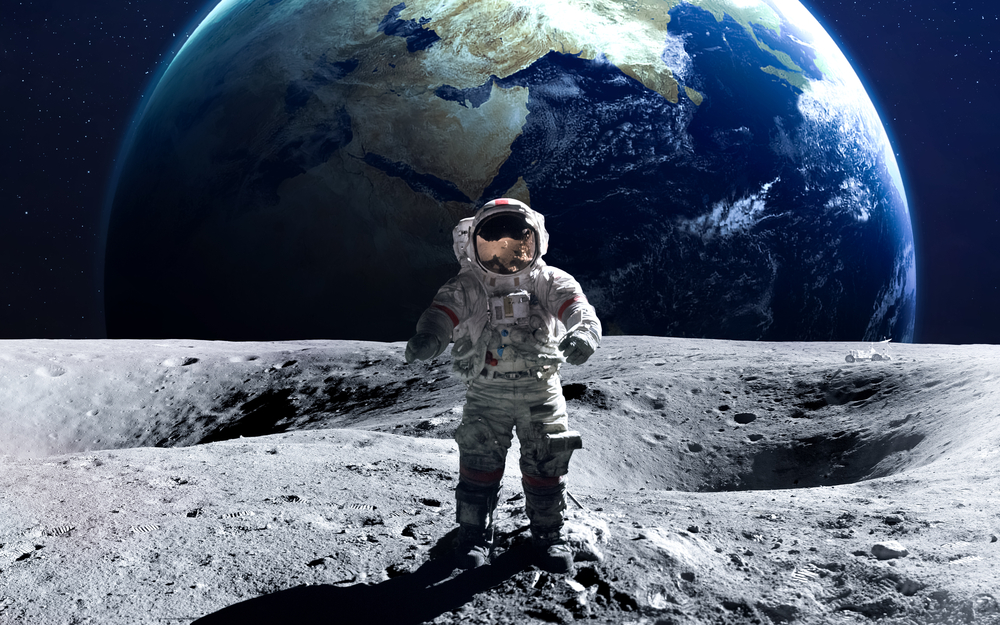The moon is a mystery to many. Is it a piece of cheese? Is there a man trapped in there staring at us all? While those two things are clearly untrue new work has been finalized that can provide even more information on what the moon is made of and how its surface looks. The United States Geological Survey (USGS), Nasa, and the Lunar Planetary Institute have released a new mapping of the moon that shows every nook and cranny it has.
The role of a cartographer used to be incredibly exciting. To venture into unknown waters and find new lands. To map the world and all the islands that populate it. To be a cartographer was to be an adventurer. Today this is not really the case as most cartographers are now IT experts and are mapping existing data into online maps for things like Google and Uber. The adventurous spirit is going unfulfilled.
However, when we look out to space there is an entire universe that still needs to be mapped. While mapping adventurers won’t be sailing the seven seas anymore they will likely be exploring space to provide a map for future missions into the currently unknown.
One of the most popular end destinations for space travel is the moon. Everyone knows the moon well, we see it every night and some of us could perhaps draw a rough sketch of what it looks like from Earth. Yet the work completed by the USGS, Nasa, and the Lunar Planetary Institute now provides a level of detail to the moon that we have never seen before.
When we look at the moon we see one large grey circle. When you look at the mapping being released now it shows the moon as an array of colors with bright pinks, yellows, blues, and greens. The moon is not changing color, the map is an incredibly detailed index of every gradient change on the entire surface of the moon. It identifies every mountain, every crater, ever small ridge, and large cliff. More than that the colors are used to identify the age of the rocks and the elements that comprise them.
The map has taken years to develop. Data was used from the very first moon mission in the 1960s right up to modern data from satellite imagery. Many are describing this map as the blueprint of the moon.
To the average person, it is incredible to see the details of the moon that we have missed before. The other amazing opportunity is to see the other side of the moon. From Earth, we have only ever been able to see one side of the moon. Now another side is being presented.
To the government, the map is far more valuable. The elemental breakdown that this map provides will be used as a tool for planning the next mission to the moon. It will help space explorers identify where is the safest place to land to be protected from other elements and what is the right surface to land on. Yet that is only the beginning.
The mapping will also likely be used to determine how much money to invest in trips to the moon and what can be found there. While visiting the moon is an extraordinary achievement on its own, governments will only do it if there is an economic incentive. The detailed map likely has a potential economic value associated with each color. If all those colors are different elements than each one has a price.
In the next few years, we will see many more missions to the moon and this mapping is the reason why. While there is no cheese on the moon there are plenty of rocks to wet the appetites of future explorers.










